The courses can be characterized as “not too challenging” – but on the other hand this is not unusual for a qualification race – especially when the same arena is used for both qualification and final. As there is no GPS-tracking available from the Sprint Qualification, no full analysis will be made here – just a quick look at one of the courses.
The course we take a closer look at is the men’s heat A – a heat which Yannick Michiels won in 11:01 – 2 seconds ahead of Jonas Leandersson and with Jerker Lysell another two seconds down. We will go briefly through the course leg by leg, and discuss some of the legs in more detail. In the end we’ve also got the winner Yannick Michiel’s routechoice.
Note: For Maps and Results from WOC 2017 Sprint Qual, see this separate article.
Men Heat A: Leg by Leg
The first leg is a simple left/right choice where it looks like the start triangle is put quite far to the left to make the leftmost choice (green) seem shorter than it actually is. Very small time differences expected here as left and right are approximately equal.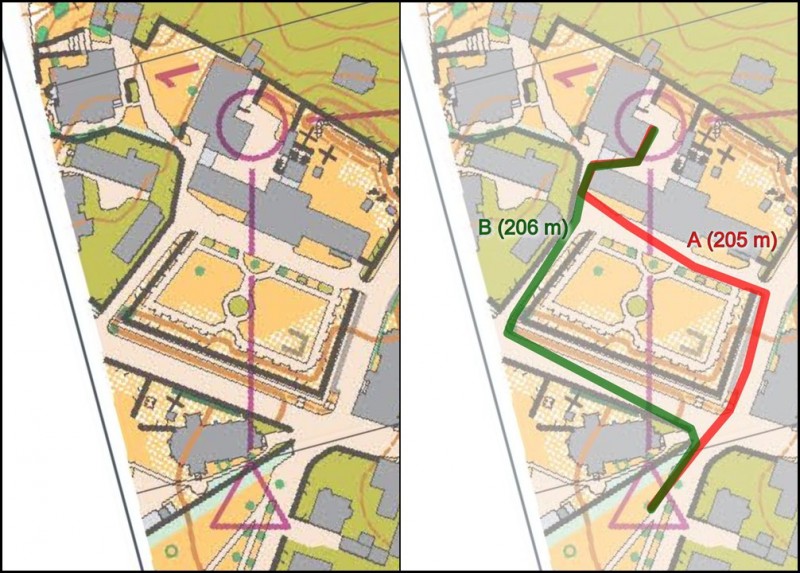
The second leg is quite long, but does not seem to have much routechoice. You can do a mistake here and not see the upper path, but no big choices to be made here.

The third leg is mostly about going straight. You can choose to take the road instead of going straight, but no big time differences expected.
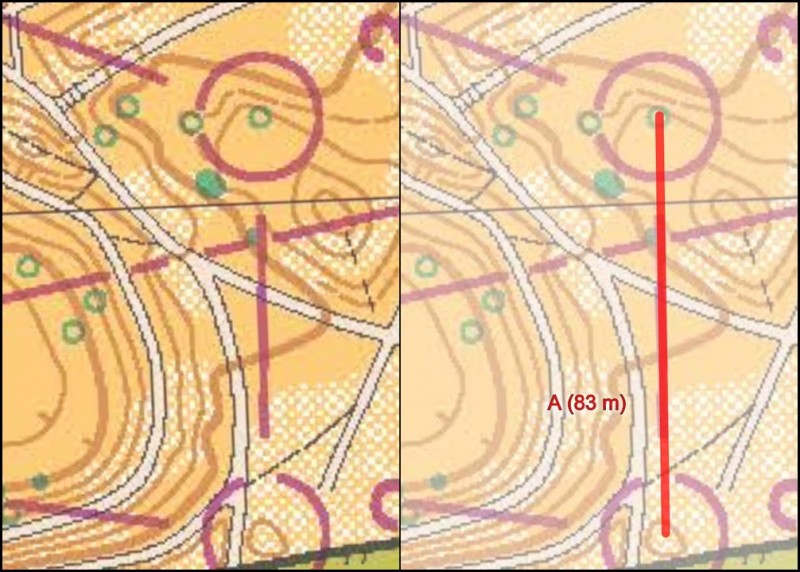
Some routechoice to the 4th control, although it feels quite obvious that you should not take the stairs?
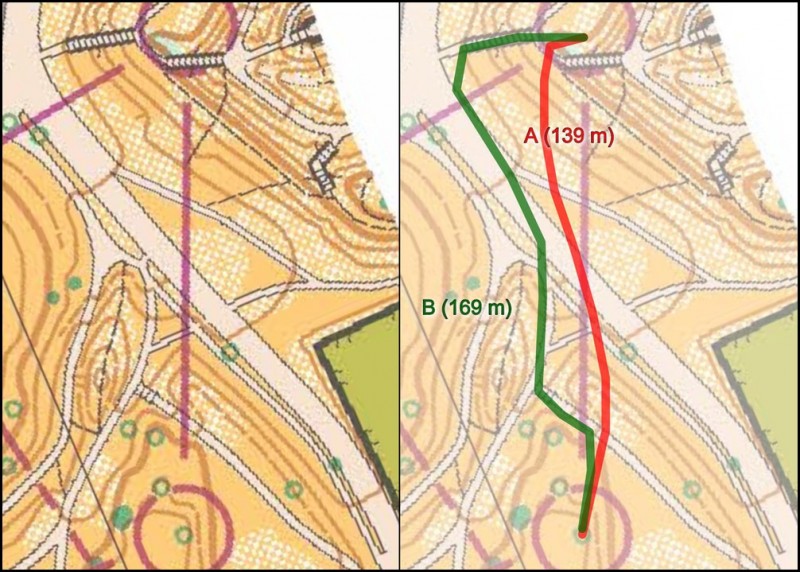
Again to the 5th: Stairs or not stairs, but no big deal from a route choice point of view. Here the ground is so slippery that it might be just as fast to take the stairs.

The leg to control 5 is the first nice leg in the course. Here you can choose to go direct and get a real climb, or go around the big depression on either side. Straight is probably too tough (too much climb for just 35 meter shorter), left should make it easier to run fast, and with less navigation. Note that some of the other heats had controls where it was advantageous to go right, so it was easy to follow somebody in another heat the wrong way.
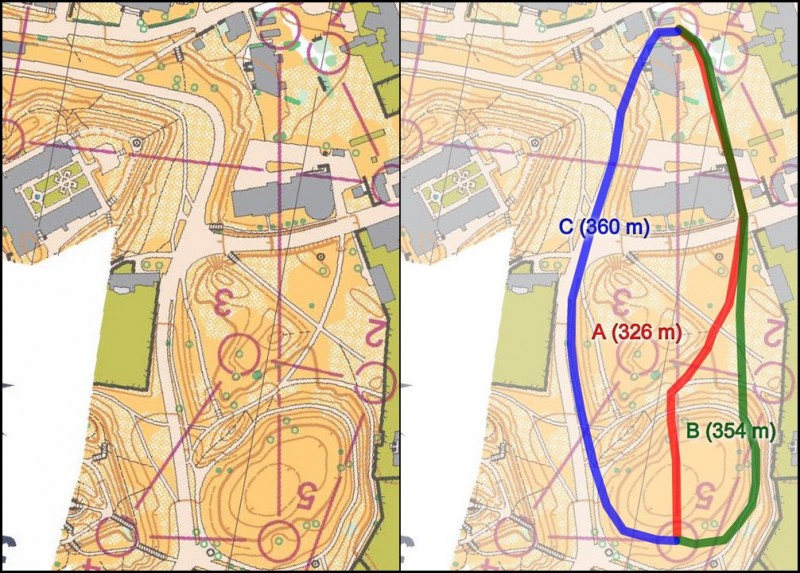
Then another routechoice leg. Here you can get fooled out of the control; you must go right out of the control to take the green route – if not you either have to run 60 meters longer, or make a quite big extra climb. It should be quite easy to see this, though.

Then we have another left/right which again seems quite obvious (right).
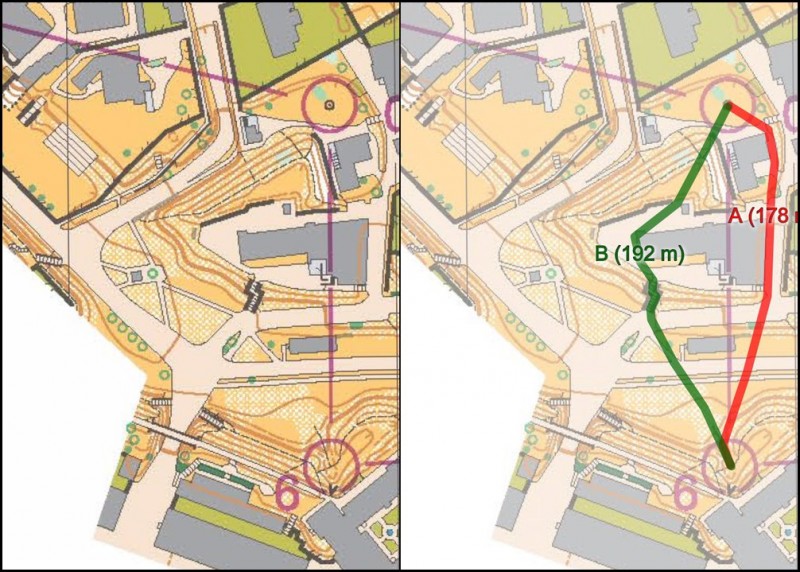
To control 11 we again have a routechoice leg. Here you can either choose to go down the hill and up again (left and straight choices), or run 30-40 meters longer to the right and avoid the climb. Right might be a bit better, but big time differences not expected.
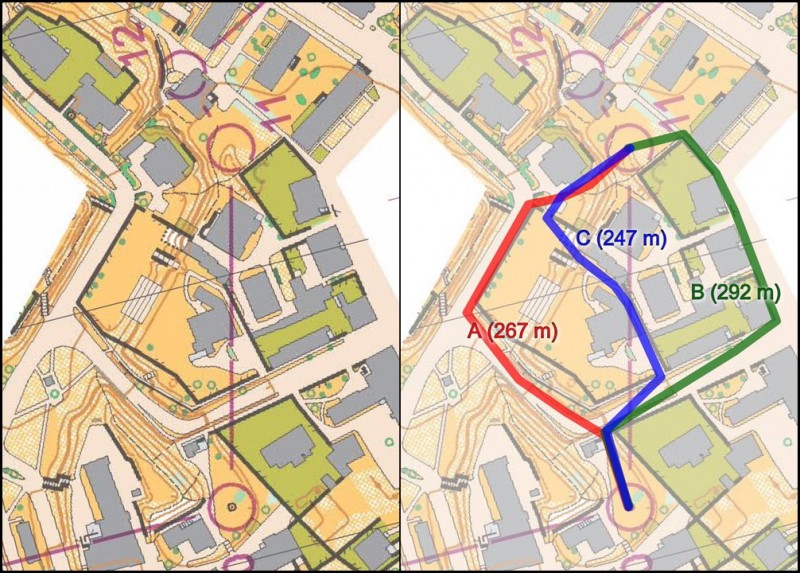
Then a few left/right choices with small differences.

And then a more interesting leg to control 14 again. The routechoice in itself is not so interesting here (there is no big difference between left and right), but it is easy to think that there is a passage straight and lose some time here (several did this mistake).

Then transport to the arena – the price for having the same arena two days..
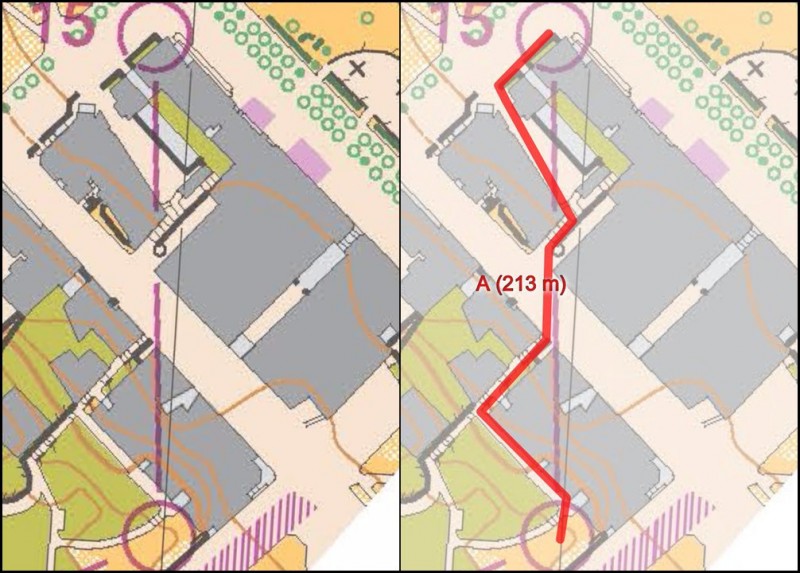
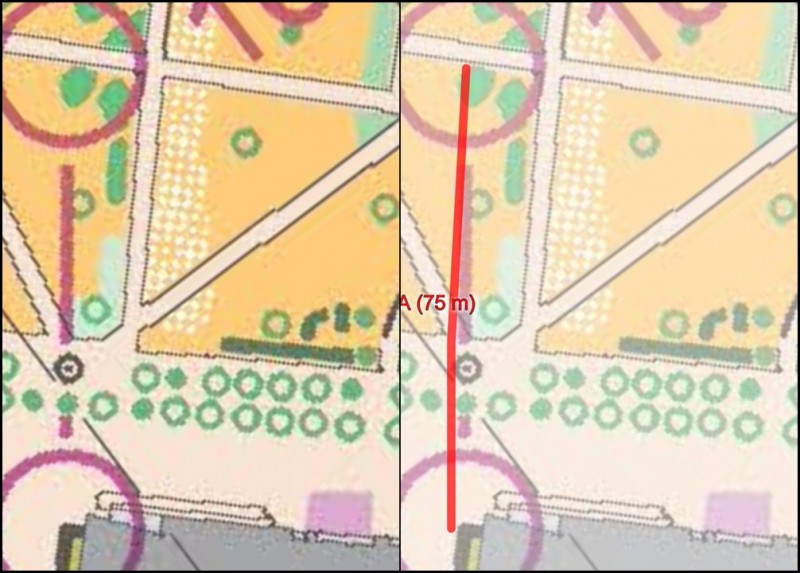
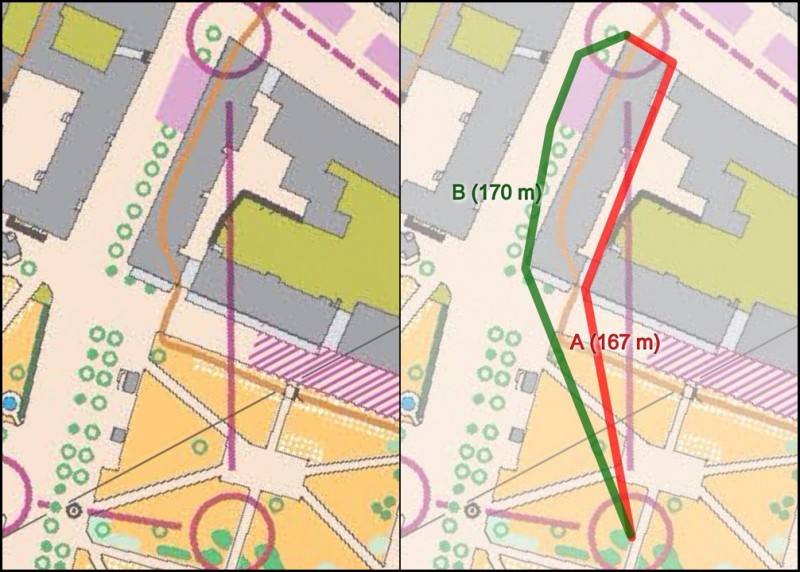

Michiel’s route
Above you see the winner Yannick Michiels’ route choice. Thanks a lot to Michiels for sending over his route after reading the article. Michiels comments that he tried to avoid the steep hills due to the heavy rain, e.g. to the 11th control. Note also that Michiels ran left to the 6th control – this cost him two seconds to the best route choice – not much. His biggest time loss is to the 3rd control and to the 13th control, both are 4 seconds time losses.
Other heats
The other heats have very similar characteristics as the men’s A-heat, but it looks like there are some more interesting routes to be found there, especially in the men’s C-heat where the 2nd leg, the 9th leg and the 15th leg are all balanced in a way which makes it more complex for the runner.
Summary
Not too many big challenges here, but some small routechoices to be made with a few seconds difference between the alternatives, and you can still do mistakes. Looking at the results, all the top runners got to the final, so the course served its purpose from that point of view. With the qualification and final from the same arena, the best terrain is always saved for the final, so tomorrow should give us some interesting legs to analyze – then also with GPS.
 World of O News
World of O News

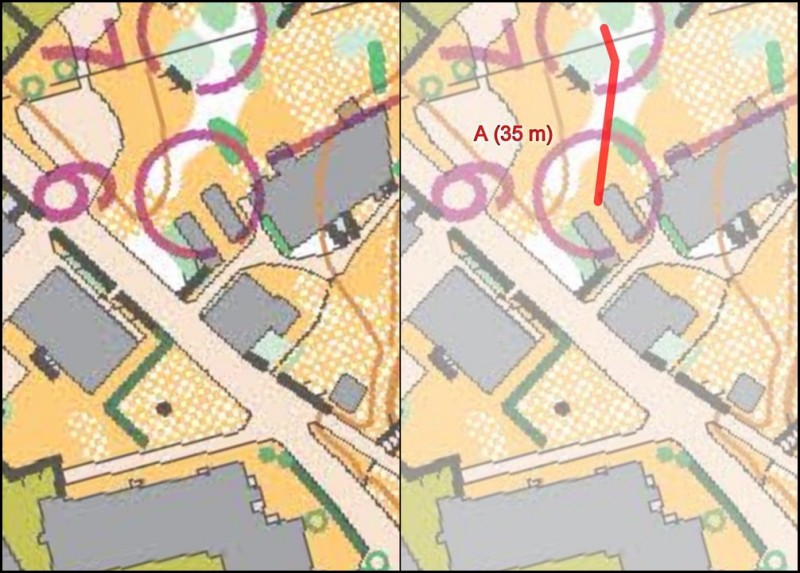
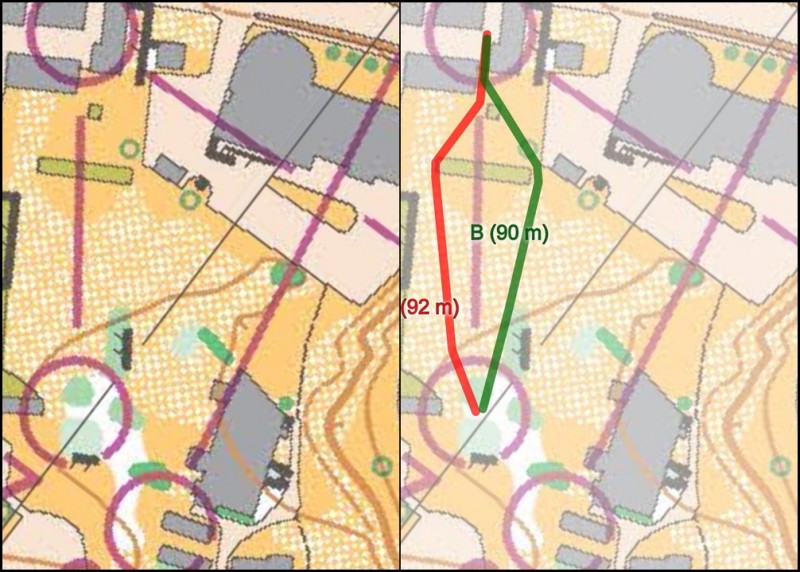
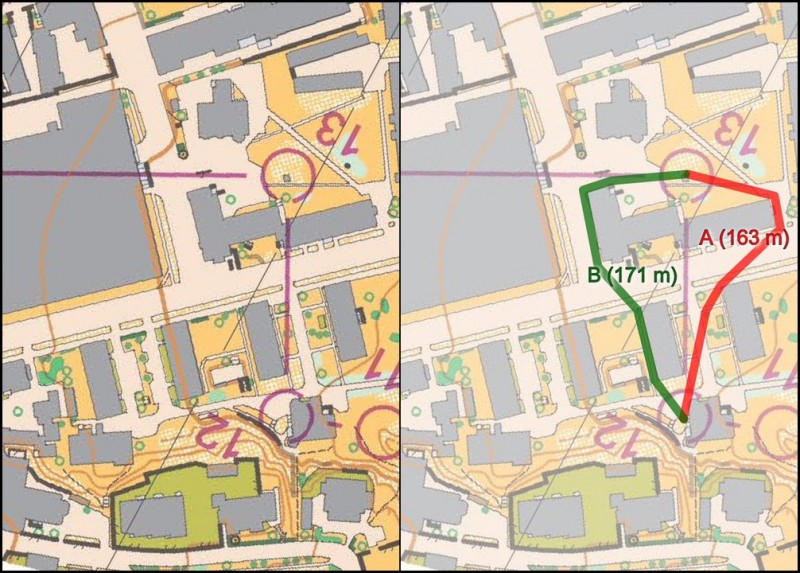

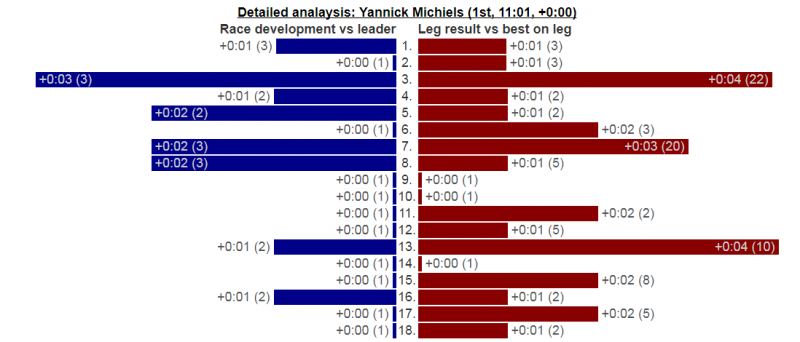


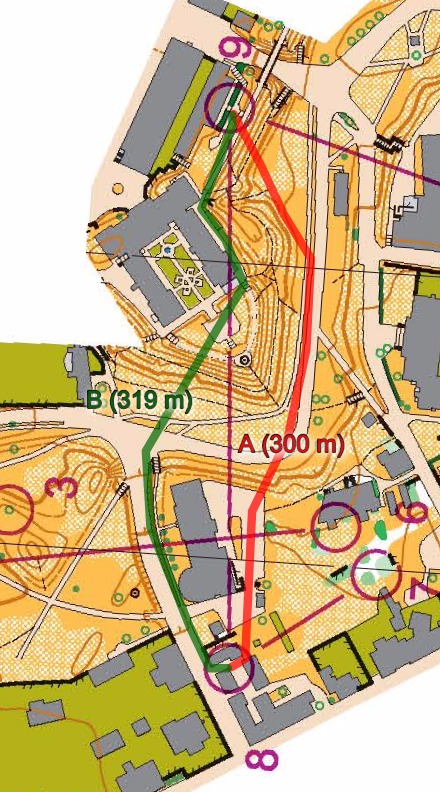
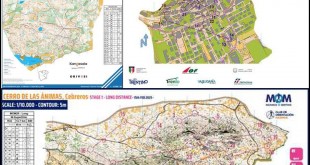



Why are there qualification races at all if the expectation to be “not too challenging”? If the purpose is just to ensure all the top runners get into the final, couldn’t we just skip it altogether? Maybe run a 5000m on a track instead?
Shouldn’t athletes be coming to WOC expecting the highest standard of challenge, why is the qualification held to a significantly lower standard? I would be especially disappointed if I were from one of the smaller nations that had to travel a long, long way and spend their own money to come there and compete in a dull, 12-minute sprint.
I agree entirely.
Just a bit of a different perspective, in some of the smaller orienteering countries like those in North America it is almost more fair to have a sprint that’s a bit easier/park oriented because we don’t have technical european terrain. It evens the playing fields when we can train much more for running than orienteering
I strongly doubt that any athlete, from anywhere would prefer an easy course over a challenging one when at the World Championships.
They wouldn’t be at WOC if they wanted easy.